Hosting a Tiny House RV – a landlords guide.
Should I Host a Tiny House on My Lot? Exploring the Pros and Cons
Renting a parking spot to a tiny house on one’s land or urban lot can be a great decision, but it’s essential to consider several factors before making a commitment. Understanding local laws and zoning regulations is crucial, as they can affect what is permitted on the property. Additionally, assessing the financial and logistical aspects will help ensure that both the landowner and the tiny house owner are set up for success.
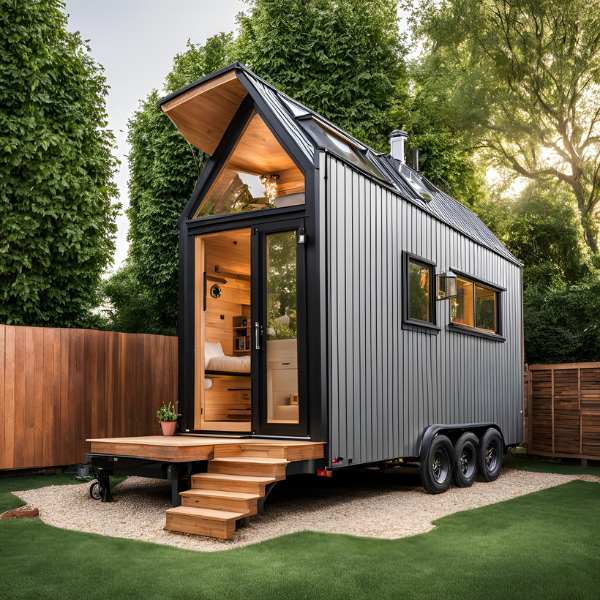
Tiny homes in Canada are part of a growing movement focused on minimalism and sustainable living, this includes ADUs, modular homes, manufactured homes and more. With Canada’s housing crisis and a growing economic crisis – these homes are all great hybrid living options. Tiny Homes on Wheels offer a unique lifestyle that appeals to many, but not all properties are suitable for parking them. Landowners need to think about location, access to utilities, municipal bylaws, neighbors, and how these homes fit within their vision for the property.
By carefully reviewing these considerations, landowners can make informed decisions about renting their land. Engaging with the tiny house community can also foster support and provide valuable insights into this lifestyle choice.
Key Takeaways
- Local laws may dictate if and how a tiny house can be parked on property.
- Financial benefits and responsibilities must be carefully evaluated.
- Building relationships within the tiny house community can enhance the experience.
Understanding the Tiny House Movement in Canada
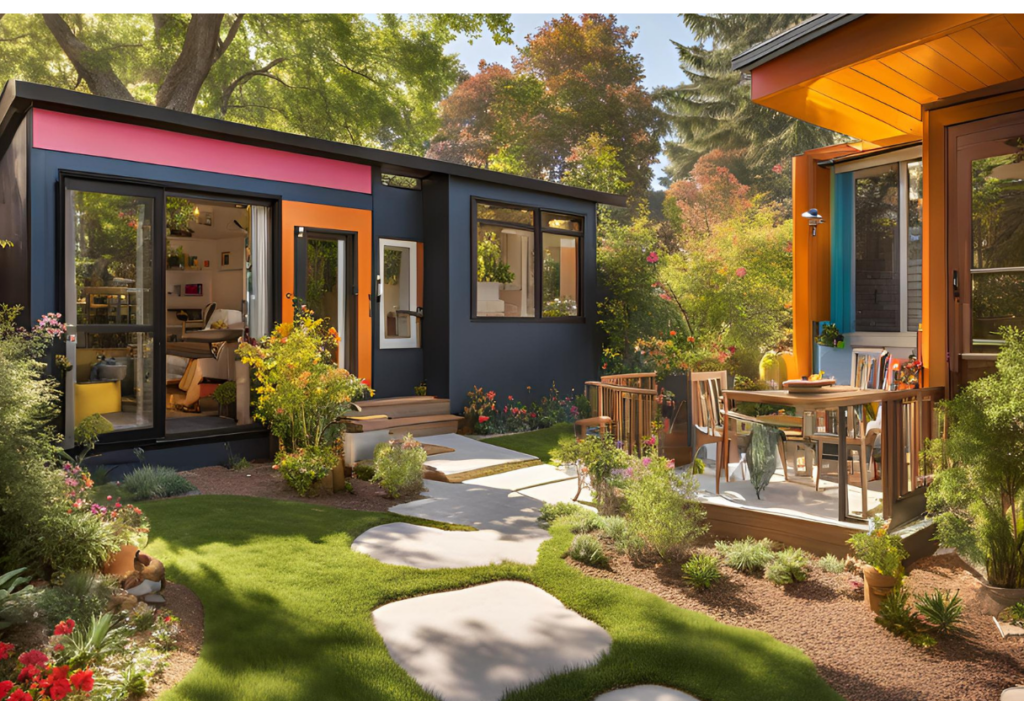
The tiny house movement offers a unique approach to living that emphasizes simplicity and affordability. Beginning in the last financial crisis, it has grown in popularity, driven by a desire for financial freedom, housing solutions in a difficult market, and a smaller environmental footprint. This section covers the history, contrasts with traditional housing, and the community aspects of this movement.
History and Evolution
The tiny house movement began in the early 2000s as a response to rising housing costs and environmental concerns. People started to appreciate minimalism and sustainable living. The first tiny houses were often custom-built by their owners, showcasing creativity and personal style.
As more people sought affordable housing options, builders began creating pre-made tiny homes. These homes could be bought on wheels or as fixed structures. The movement gained momentum through social media, TV shows, and advocacy groups.
Today, a variety of tiny homes can be found, including those built on foundations and mobile units. This evolution reflects a broader cultural shift towards simpler, more intentional living.
Tiny House vs Traditional Housing
Tiny houses differ significantly from traditional homes. Typical homes often have a price tag of hundreds of thousands of dollars, while tiny homes can range from $50,000 to $350,000+. This affordability attracts many who seek financial freedom and lower living costs.
Living in a tiny house also means a smaller ecological footprint. Many tiny homes use eco-friendly materials and energy-efficient designs.
In contrast, traditional housing often comes with higher maintenance costs and larger energy bills. This difference makes tiny living appealing to those who wish to minimize environmental impact and expenses. Those that are off-grid can provide even lower costs of living.
Community and Culture
The tiny house movement fosters a strong sense of community. Many tiny house owners connect through online communities and local meetups. Support networks are formed based on shared values of sustainability and minimalism.
Tiny home villages, where individuals live in close proximity, have sprung up across the country. These villages often promote collaborative living and resource sharing. Residents enjoy a sense of belonging and mutual support.
The culture surrounding tiny houses embraces creativity and innovation. Many owners customize their homes to reflect their personalities and lifestyles. This adds a unique character to each tiny home and strengthens community ties.
Legal and Zoning Considerations
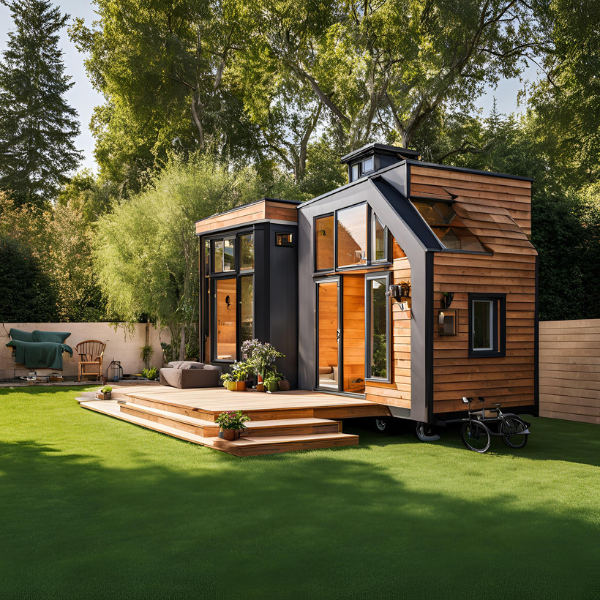
Renting a parking spot for a tiny house involves several legal and zoning factors. Understanding your local regulations, zoning laws, and codes is crucial for making informed decisions (see resources below). It’s important to navigate the necessary permits and approvals to ensure compliance.
Zoning Laws and Requirements
Zoning laws determine how land can be used in specific areas. Local governments may have rules about where tiny houses can be placed. They may classify tiny houses differently depending on the size and type. It’s essential to check with local authorities to know the zoning designation of the land.
Some common municipal zoning requirements include:
- Minimum lot size: The land must meet specific size requirements.
- Allowed structures: Some zones only permit certain types of dwellings.
- Setback regulations: These specify how far structures must be from property lines.
- waste management, obstruction, and fire department access
- and more
Understanding these rules can save time and money later.
ONTARIO REGULATIONS GUIDE HERE
TORONTO REGULATIONS GUIDE HERE
BC REGULATIONS GUIDE HERE
Building Codes and Safety Standards
Building codes set safety standards for structures. These codes protect residents by ensuring buildings are safe and reliable. Tiny houses may need to follow residential building codes or specific codes for mobile units.
Key safety standards might include:
- Electrical systems: Must meet local electrical codes.
- Plumbing: Any plumbing setup should comply with local codes.
- Structural integrity: The building must be safe against environmental factors.
Failure to comply can result in fines or mandatory removal of the tiny house.
Accessory Dwelling Units (ADUs)
Accessory Dwelling Units are secondary housing options on a single property. Tiny houses can sometimes be classified as ADUs. This classification can simplify renting a space on private land.
Key considerations for ADUs include:
- Size restrictions: There may be limits on the size of an ADU.
- Ownership requirements: The property owner may need to live on-site.
- Permits: Specific permits may be needed for conversion or construction.
Reviewing your local ADU laws is crucial to ensure compliance. Ontario ADU laws here – watch our blog for a list of other provinces, or join our Facebook or Inside Circle for more.
Permits and Approvals Process
The process of obtaining permits can vary greatly. Property owners need to apply for the necessary permits before renting out a parking spot for a tiny house. Known permits may include:
- Building permits: Needed for structural changes.
- Zoning permits: Required to use land for specific purposes.
- Occupancy permits: Necessary before the occupants can move in.
Approvals can take time, so starting the process early is advisable. Engaging with local authorities can provide guidance and speed up approvals.
Renter options: Selecting a Suitable Location – Private Land
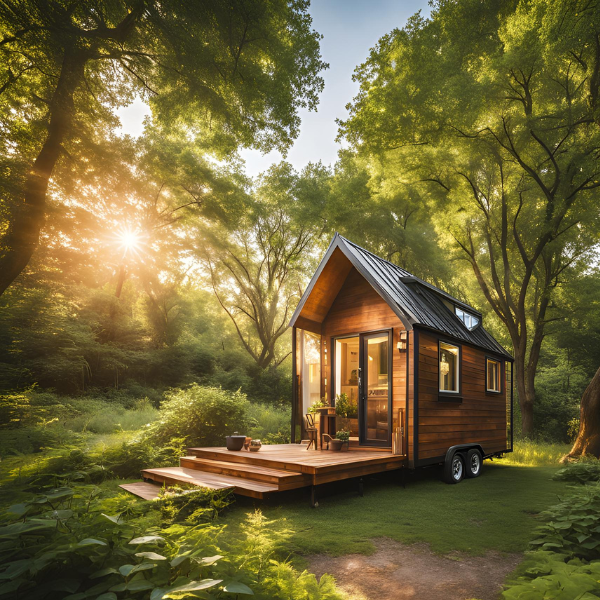
Choosing the right spot for a tiny house on private land involves several important factors, and landlords might want to consider these as well. The size of the lot, access to utilities, and local rules all play a role in what works best for tiny house parking.
Private Land vs Community Spaces
When considering where to place a tiny house, one option is private land. This provides more control over the environment and flexibility in use. A homeowner could offer a section of their yard for rent.
Community spaces, like tiny house communities or campgrounds, offer shared amenities. These often include water, waste disposal, and sometimes, shelter from the elements. They can also provide social interaction and support from neighbors who understand the tiny living lifestyle.
Proximity to Amenities and Infrastructure
Proximity to amenities is key for anyone living in a tiny house. Being near grocery stores, medical facilities, and other services enhances daily living.
Additionally, access to public transport can improve convenience. This is especially important if the resident needs to commute for work or social activities.
A location in a well-connected area can also increase the attractiveness of the rental. This means potential renters are more likely to choose a spot that is both quiet and convenient.
Assessing Accessibility
Accessibility is vital for tiny houses. The land should have good road access for vehicles, especially for those bringing the tiny house on wheels.
It’s also important to consider the terrain. Flat, stable ground is crucial for safely parking a tiny home.
Furthermore, think about emergencies. Access to fire services and medical help is critical. Placing a tiny house on land that is easily reachable can make a big difference in safety and comfort.
These considerations help ensure that choosing a location for a tiny house will meet practical and lifestyle needs.
Financial Implications

Renting a parking spot for a tiny house on personal land has various financial aspects to consider. These include costs, rental agreements, and potential income generation.
Cost Analysis of Renting vs Owning Land
When deciding about renting a parking spot, these are things people want to consider. Renting typically has lower upfront expenses compared to buying land. Costs for renting may include:
- Monthly Rent: This is the lease cost that varies based on location and amenities.
- Property Taxes: Rental agreements usually do not involve property taxes for the renter, which can result in savings.
- Maintenance Costs: Landowners handle maintenance costs. They bear expenses for utilities and upkeep, which renters do not.
Owning land means higher initial costs, such as purchase price and taxes. There may also be costs for maintaining the land. Therefore, one needs to weigh these expenses when deciding between renting or owning.
Rental Agreement Considerations – both parties
A rental agreement is crucial for both parties. Key elements to think about include:
- Length of Lease: Most agreements have a specified duration. Longer leases may provide stability, while shorter ones offer flexibility.
- Rental Rate Changes: It’s essential to understand if the rental rate can increase over time. Some agreements lock in rates, while others may adjust based on market conditions.
- Rules and Regulations: There might be restrictions on the type and size of tiny houses allowed. Clarifying these details helps avoid future problems.
It’s highly advisable for both the landowner and the renter to review the lease thoroughly and consider legal advice if needed. Clear agreements can prevent disagreements down the line.
Generating Income through Tiny House Hosting
Hosting tiny houses on personal property can be a smart way to earn extra income. Platforms like ours will help connect landowners with tiny house renters. Here are some financial benefits:
- Monthly Income: Landowners can set competitive rental prices based on local demand.
- Flexibility: Renting out space during peak seasons can maximize income, especially in tourist areas.
- Additional Services: Offering amenities like electricity or water can increase rental rates.
This model can boost financial freedom for landowners while providing affordable housing options for tiny house enthusiasts. Careful planning and market research are essential for success in this venture.
Tiny House Parking Logistics
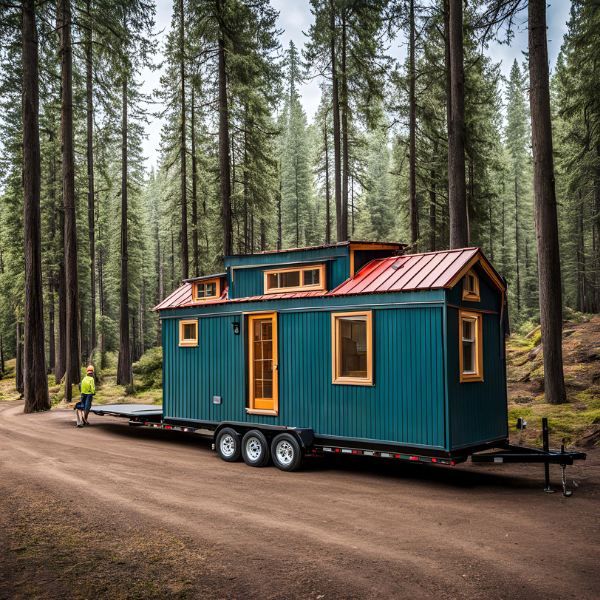
Parking a tiny house on a property requires careful planning and consideration. The logistics include exploring different parking options, understanding utility needs, and ensuring proper management of the space.
Types of Parking Options Available
There are several parking options for tiny houses. Here are the most common:
Dedicated Space: Setting aside a separate area on the property for parking. This gives the tiny house its own spot.
Shared Space: Using a portion of an existing driveway or garage. This is often more convenient but may limit access.
Community Lot: Some areas have designated tiny house communities. These lots usually provide shared amenities and support.
Each option has its benefits and challenges, such as accessibility and privacy. The choice will depend on the specific needs and goals of the owner.
Utilities and Maintenance Needs
Utilities are crucial when parking a tiny house. The basic needs include:
Water Supply: Ensure there is access to a clean water source. This could be municipal water or a well.
Electrical Connections: A proper electrical setup is needed. Tiny houses often use solar panels or plug into the grid.
Waste Disposal: A sewage system or septic tank must be in place to handle waste.
Regular maintenance is important too. This includes checking for leaks, electrical issues, and ensuring the area is clean and safe.
Securing and Managing the Rental Space
Managing the parking space involves several important steps. First, a clear rental agreement should outline the terms, including payment, duration, and responsibilities.
Next, security measures should be implemented, such as:
Fencing: A physical barrier can deter unauthorized access.
Lighting: Well-lit areas increase safety and security.
Insurance: Consider getting insurance for liability and property protection.
Proper communication with the renter is key to a successful arrangement. Regular check-ins can help address any concerns and maintain a good relationship.
Building a Supportive Community

Creating a supportive community is important for those living in tiny houses. A strong network can provide resources and companionship. This section highlights ways to connect with others who share a similar lifestyle.
Networking with Like-Minded Individuals
Networking is essential for tiny house owners. By connecting with others, they can share tips and experiences. Attending local events or reaching out to neighbors can open doors to new friendships.
Many people join our large and well curated Facebook Communities, or for a more intimate experience; our Inner Circle – to make deeper connections, learn what works and what doesn’t and to build relationships with like-minded people in your area.
Participating in Tiny House Meetups and Groups
Tiny house meetups provide a space for enthusiasts to gather. These gatherings often allow individuals to share their stories and learn from one another. Meetup.com is a great resource to find local tiny house groups.
Participants can exchange ideas on design, building techniques, and living sustainably. Engaging in group activities fosters a sense of belonging. Organizing local events also creates opportunities for connection.
Engagement with Local and Online Communities
Engaging with both local and online communities can greatly benefit tiny house owners. Many Facebook groups focus on tiny house living, offering support and advice. Members can ask questions and receive tips from those with more experience.
Local RV Parks and campground hosts may provide locations for tiny homes. These spaces can introduce owners to similar lifestyles, promoting community building. Online forums and blogs also serve as platforms for sharing inspiration and resources.
Protecting Your Rights and Safety

Renting a parking spot to a tiny house owner involves important considerations. It’s essential to establish clear agreements and understand how to manage agreements over time carefully. This section covers critical points to safeguard rights and ensure safety.
Drafting a Compliant and Secure Agreement
A solid rental agreement is key for both the landlord and the tiny house tenant. The agreement should outline:
- Rental terms: Specify the rental price, payment method, and due dates.
- Duration: State how long the agreement lasts, including any renewal options.
- Usage rules: Describe what is allowed on the property. This can include limitations on noise, pets, or additional structures.
Each party should review local laws to ensure compliance. This helps avoid legal grey zones that could create future conflicts. It may be beneficial to consult with a lawyer to draft or review the agreement.
Understanding Termination Clauses
Termination clauses are vital for both parties. They outline how the arrangement can end and what notice is required. Here are key components to consider:
- Notice period: This indicates how long the landlord must inform the tenant before ending the rental. A common notice period is 30 days.
- Reasons for termination: Listing reasons ensures clarity. These can include failure to pay rent or violating property rules.
- Return of deposit: Include terms regarding the return of any deposits paid. It should clarify if any deductions might occur.
Clear termination clauses protect the landlord’s rights and offer a defined process for the tenant.
Ensuring Guest Compliance and Safety
Tenant compliance with the rental agreement is essential for safety. The landlord should be proactive in ensuring rules are followed.
Consider implementing the following practices:
- Regular checks: Schedule periodic visits to ensure the tiny house adheres to the agreed terms.
- Clear communication: Maintain open lines of communication to address any issues promptly.
- Emergency protocols: Outline what to do in case of an emergency, such as a fire or vandalism. Ensure the tenant knows how to contact local authorities.
These steps help create a safe environment for everyone involved while protecting the landlord’s rights.
Resources and Tools
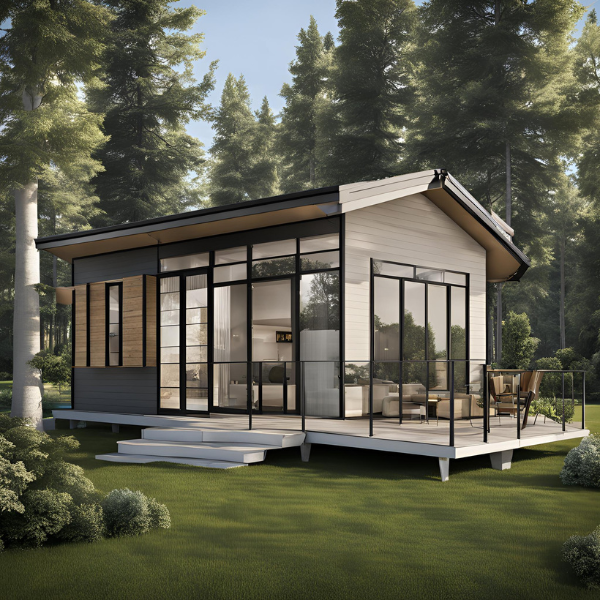
Finding and utilizing the right resources is key when considering renting a parking spot to a tiny house. Our blog is full of reports and resources to make this all much easier for both renters and Tiny House hosts, across Canada.
Online Platforms and Classifieds
Websites like ours offer local listings where owners can list their available land. Users can search for parking spots specifically for tiny houses. It is important to set clear descriptions and include photos to attract potential renters.
Other online classifieds can also be useful. Websites like Facebook Marketplace allow for quick postings and direct communication with interested parties. Local community boards might also have listings specifically for tiny homes.
Creating a simple ad that includes the size of the space, available amenities, and rental price will help draw attention.
Mapping and Locating Services
Google Maps is a valuable tool for pinpointing suitable locations. Landowners can see if their area has easy access to amenities like water, electricity, and roads. Exploring satellite images helps visualize how much space is available.
The Tiny House Map website is another excellent resource. It specifically focuses on locations for tiny homes across the country. Users can find campgrounds, private lots, and other options that may be available for rent. These maps allow for filtering by desired features, making locating the right spot easier.
Utilizing these tools can streamline the search process and help find ideal parking spots for tiny houses.
Frequently Asked Questions
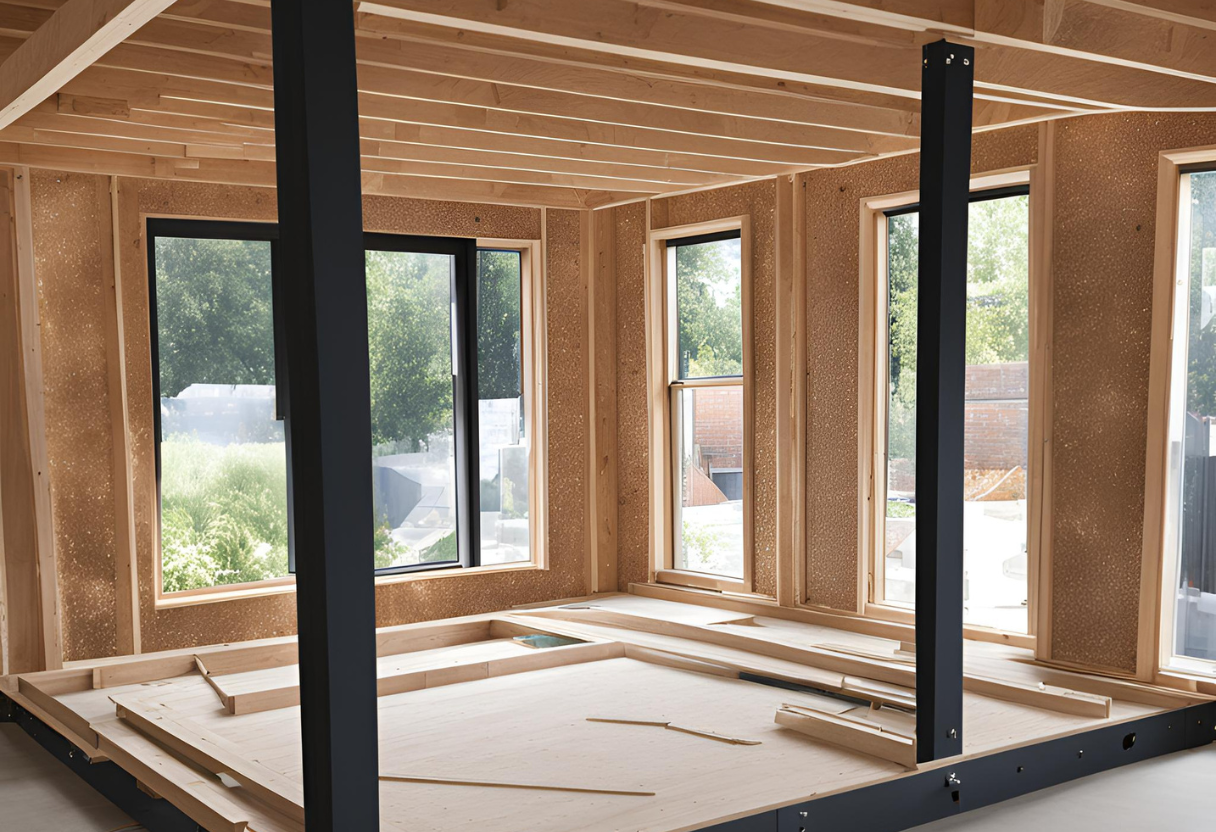
Renting out land for a tiny house involves various important considerations. These include legal requirements, zoning laws, lease agreements, insurance, rental pricing, and utility access.
What are the legal requirements for renting out land for a tiny house parking?
Landowners need to check local laws and regulations before renting land for a tiny house. This may include securing permits and understanding property rights. Compliance with these rules is necessary to avoid fines or legal issues.
How does zoning impact long-term parking for tiny homes?
Zoning laws define how land can be used. Some areas restrict tiny house parking due to zoning regulations. It’s crucial for landowners to investigate these rules to ensure that renting space is allowed.
What should be included in a lease agreement for tiny house land rental?
A lease agreement should specify rental terms, including duration, payment details, and responsibilities. It should also cover maintenance rules and any restrictions for the tiny house. Clear terms help prevent disputes.
What are the insurance implications for landowners renting out space to tiny homes?
Landowners should consider insurance options when renting land for tiny homes. This may include liability insurance to protect against accidents or damages. It’s important to discuss options with an insurance agent for adequate coverage.
How can a landowner determine a fair rental price for tiny house parking?
To set a fair rental price, landowners can research local rental rates for similar spaces. Factors like location, access to utilities, and amenities play a role in determining price. Gathering this information helps in making an informed decision.
What considerations should be taken into account for utility access and amenities for tiny houses?
Utility access is a key factor for tiny house rentals. Landowners should evaluate the availability of water, electricity, and sewage systems. Considering additional amenities, like parking space and privacy, can also enhance the attractiveness of the rental.
